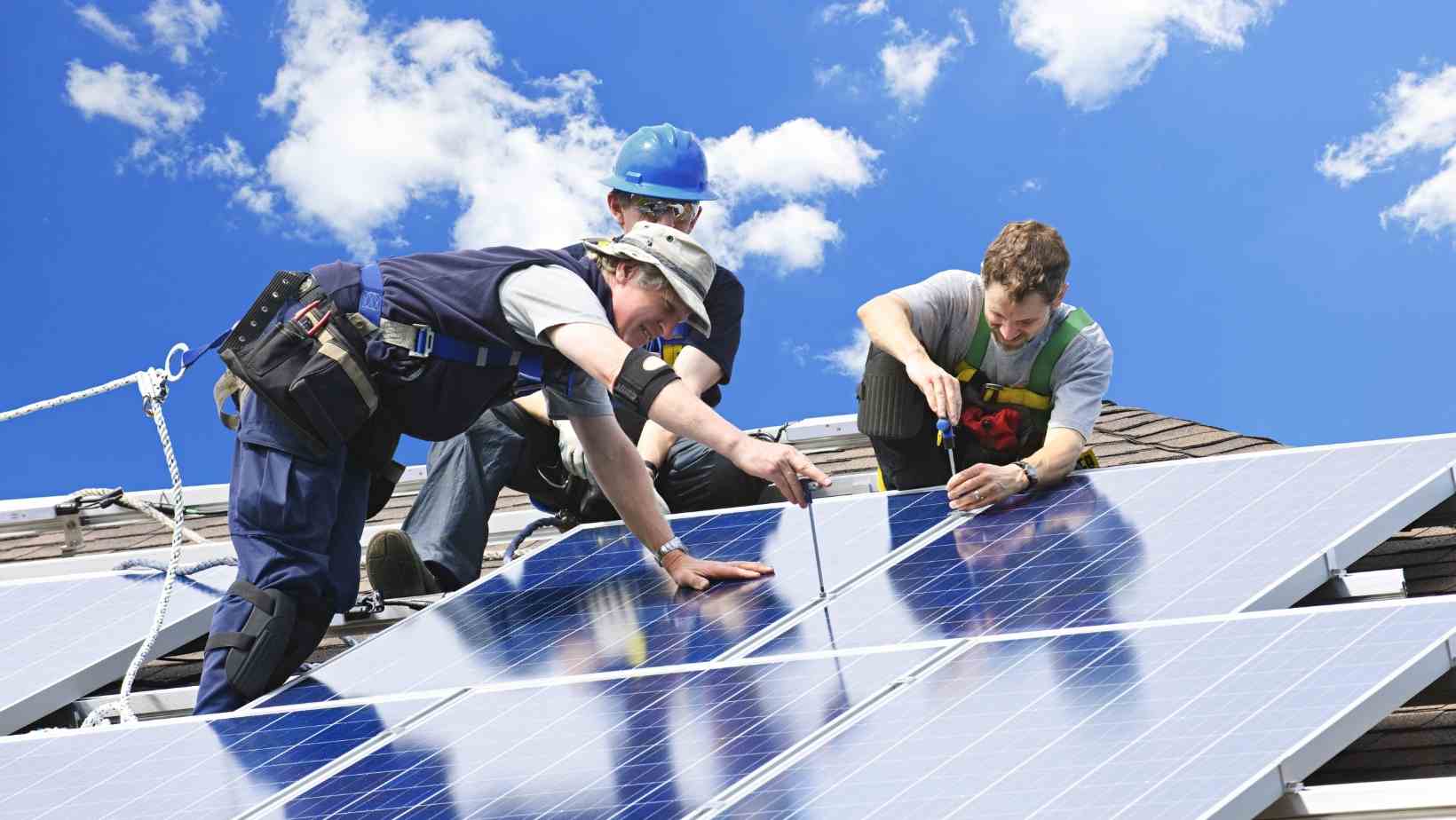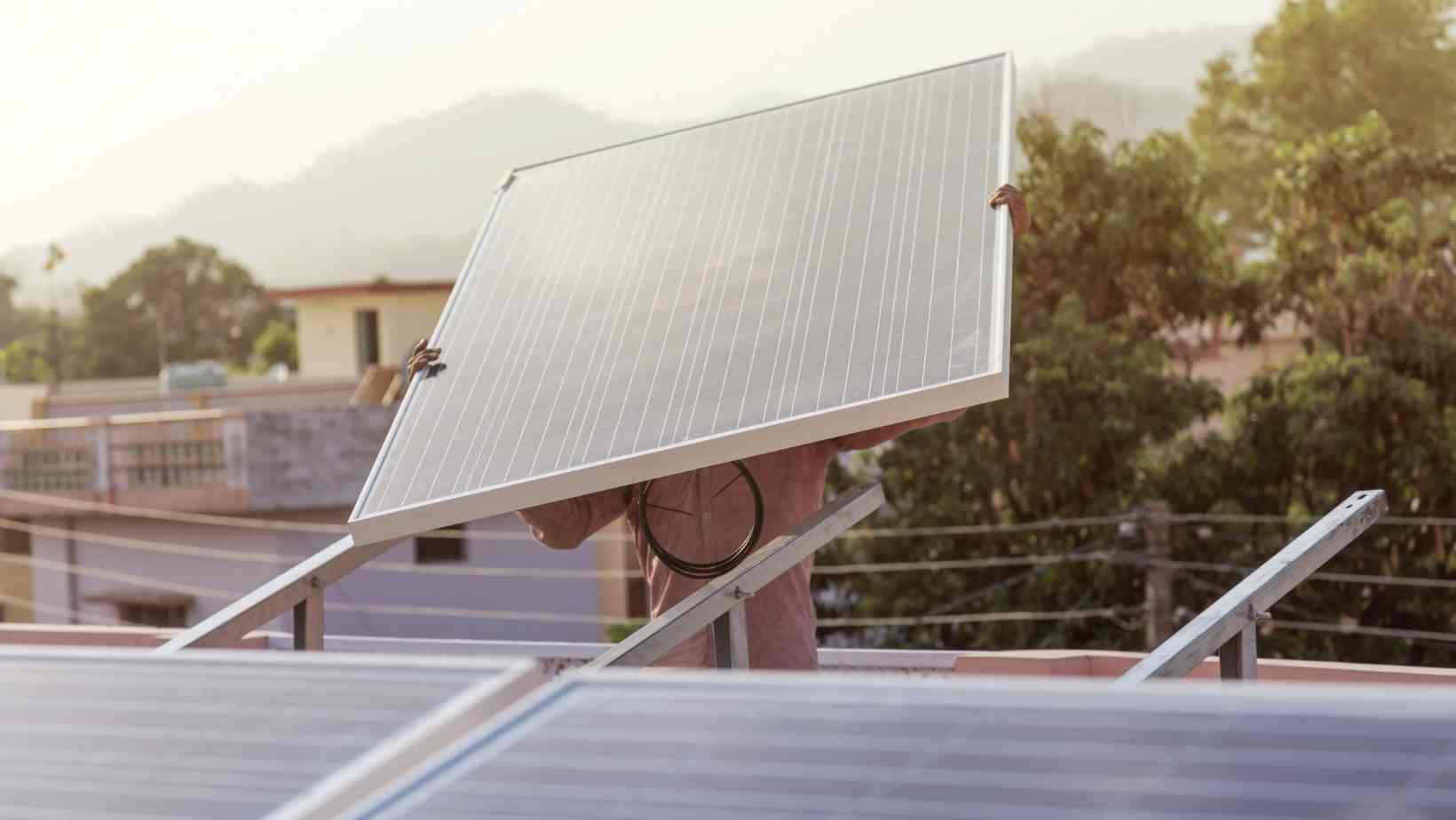The United States economy goal, as is said for any country, is to become self-sustaining. But, again, as is true for all countries, that path is a long, arduous road. Renewable energy, particularly solar system installations, is gaining in popularity, with numbers going beyond a million to this point.
Suggestions are these numbers need to grow substantially worldwide over the next 30 years to have a noticeable effect on the climate crisis. Claims from energy experts indicate the expectation is both realistic and achievable, but private citizens need to ensure solar is a viable option for their specific situation.

While most people are agreeable, many are passionate about living green; private solar installation doesn’t necessarily equate to the ideal choice for each individual. Varied factors, including a budget, location, and potential maintenance, lead to hesitancy. See here how to maintain a solar panel.
We’ll discuss some of the other considerations you need to think of before committing to go with solar panels, aside from price point, and offer a few tips. Let’s dive in.
Jump to:
What Factors Should You Consider With Solar Panel Installation
While going with solar energy offers many benefits for the country overall, plus the planet and the individual citizen; in the long run, it’s not necessarily the right choice for every household. For one thing, the initial cost can prove expensive if you don’t have an adequate budget.
The decision is considerable with many factors to take into consideration before making the final commitment. In order to know whether you’re a candidate and if your home fits the necessary qualifications for the panels, it’s essential to speak with an expert in the industry (check out yoursolarspot.com) who can answer your specific questions. The professionals can give guidance and advice that you otherwise might not consider. Some factors to look at:
The overall cost of solar energy for private installation.
Solar cells have drastically dropped in their price point in today’s market compared to when originally introduced. It makes them somewhat more affordable and accessible to a larger audience.
The costs expect a continual fall to lows of “unprecedented“ amounts; however, these initial costs still equate to what is a significant investment for most average homeowners. In order to make the panels more attainable, there are finance options plus incentives and the opportunity to lease the system.
Location is a factor but doesn’t necessarily have to rule you out.
There’s a common misconception that you need to live in an area where the sun shines each day regularly, all day throughout the entire year, to maximize the efficiency of the panels. Realistically, the money you save on the annual energy bill depends on your electric rates and the incentives and rebates available for solar energy in your location.

That means basically that the country’s sunniest places won’t always receive the best savings with solar power. The suggestion indicates that many Northeastern consumers see substantially higher energy savings with solar than tropical states such as Florida.
Energy generated by the solar panels comes from daylight instead of sunlight, meaning a piece doesn’t require direct rays to function. If you live in an area consumed with cloudy or foggy conditions, a solar installation can still be beneficial.
A stable, reliable roof to situate the panels is a consideration.
Solar panel placement is relatively easy on most rooftops, but speaking with an expert will help you determine if your roof is suitable. Some things to pay attention to:
- Roof direction: A roof facing to the south is perfect for solar power since it will generate the most energy throughout the course of the daytime hours. East or west-facing structures will produce sufficient energy to decrease utility costs, but these are roughly 20% less efficient than a southern facing surface area.
- Pitch angle: A roof pitch needs to be roughly 15 to 40 degrees, with the optimal angle reaching 30 degrees for solar installations. You can have a flat surface, but the installer can mount the pieces so that you will reap the optimum benefits.
- Shape/Size: The ideal roof for installing would be a large, square structure. The requirement is 100 square feet of space for each kilowatt you need installing. An average household typically uses 500 square feet, but the system can be separated into smaller divisions.
- Obstacles/Shading: The electricity generated can be affected by obstacles in the cells’ passageway like other buildings, trees, anything that might produce shade or block the sun from the roof. Trees don’t have to remain an obstacle. These can get trimmed down to remove the shading.
Final Thought
While solar energy won’t necessarily be the right fit or the best option for every household, it has the possibility of saving most homeowners substantial costs in utility bills gradually over the long-term, depending on the resident's efficiency. For those living green, it reduces your carbon footprint and can overall contribute to the country's goal of becoming self-sustainable.
Committing to installation requires careful consideration, reviewing all the factors that can either qualify you or render you not a good candidate, looking at ways to sidestep a relatively high initial investment cost, plus learning about care and maintenance requirements.
In order to make an educated decision, it’s wise to reach out to a professional in the solar system industry who can go over any concerns you might have and help you find the best solutions for your specific situation.
